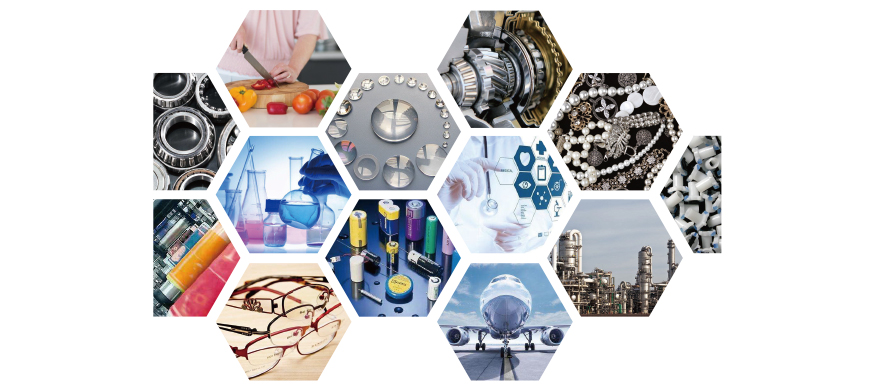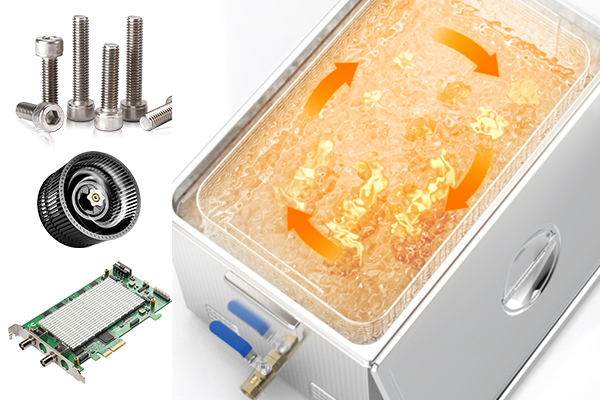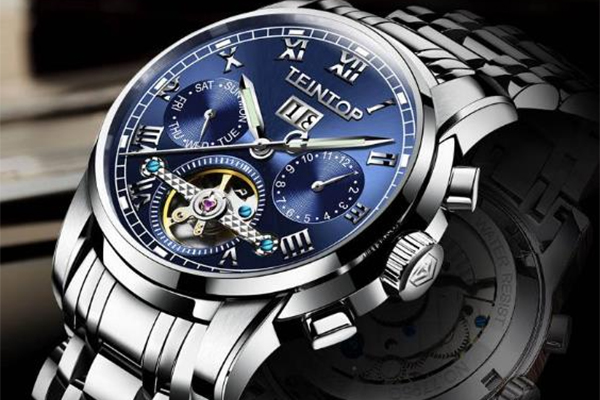The principle of ultrasonic cleaning machine, simply put, is the use of its cavitation effect, producing hundreds of millions of small bubbles. Small bubbles in the negative pressure zone formation, growth, in the positive pressure zone quickly closed, in the process, the formation of more than 1000 atmospheres of instantaneous high pressure, continuous high pressure generated like a series of small “explosion”, and constantly impact the surface of the object, so that the surface of the workpiece and the slit in the dirt quickly peeled off, so as to achieve the purpose of cleaning.
Ultrasonic cleaning machine for the bottom shock type, all stainless steel structure, alkali-resistant, beautiful and durable, the use of alkaline water-based solvent or organic solvent as cleaning agent, especially suitable for precision cleaning of small workpieces. Ultrasonic cleaning machine adopts the cleaning part and control part of the split structure, easy to use, easy to maintain. The ultrasonic cleaning machine uses the ultrasonic electrical energy higher than 20KHZ, which is converted into high audio mechanical oscillation by the transducer and transmitted into the cleaning liquid.
Ultrasonic cleaning machine scope of application.

Mechanical industry: the removal of anti-rust grease; cleaning of gauges; mechanical parts of the oil and rust removal; engine, carburetor and car parts cleaning; filter, filter unblocking cleaning, etc. Especially in the railroad industry, it is very suitable for the degreasing and decontamination of train carriage air conditioners and the rust removal and rust prevention of various parts of the train head.
Surface treatment industry: degreasing and rust removal before electroplating; cleaning before ion plating; phosphating treatment; removal of carbon; removal of oxidation skin; removal of polishing paste; activation treatment of metal working surface, etc.
Instrument industry: cleaning before high cleanliness assembly of precision parts, etc.
Electronics industry: printed circuit boards in addition to rosin, solder spots; high-voltage contacts and other mechanical and electronic parts of the cleaning, etc.
Medical industry: cleaning, disinfection, sterilization of medical devices, cleaning of laboratory vessels, etc.
Semiconductor industry: high cleanliness cleaning of semiconductor wafers.
Watch and jewelry industry: removal of oil and mud, dust, oxidation layer, polishing paste, etc.
Chemical and biological industries: cleaning and descaling of labware, etc.
Optical industry: removal of oil, sweat and dust of optical devices, etc.
Textile printing and dyeing industry: cleaning of textile spindle, spinneret, etc.
Petrochemical industry: cleaning and dredging of metal filters, cleaning of chemical containers, exchangers, etc.
Other: light-sensitive material manufacturing, paper making, liquid defoaming in certain food fields (removal of dissolved air), etc.



